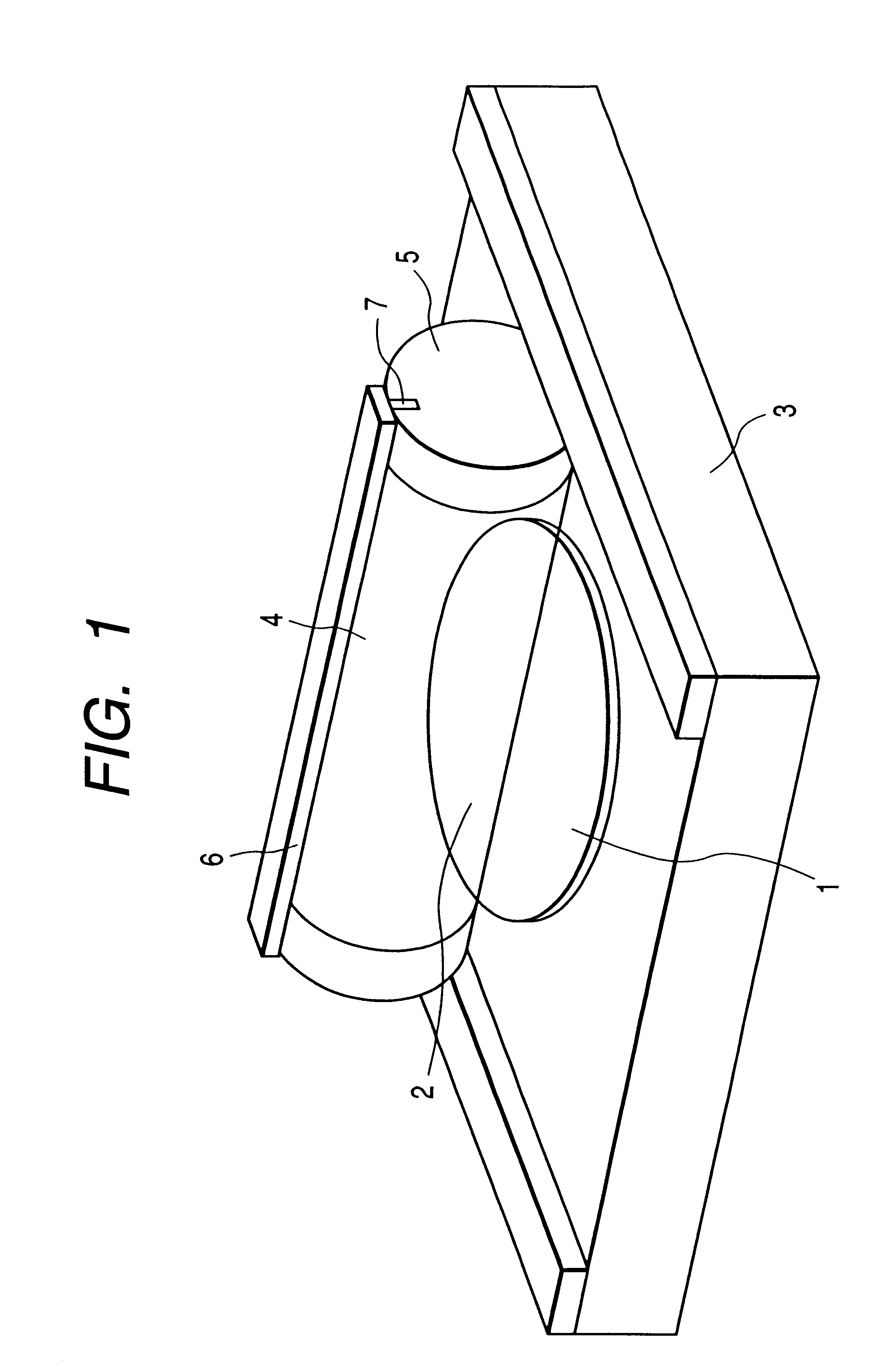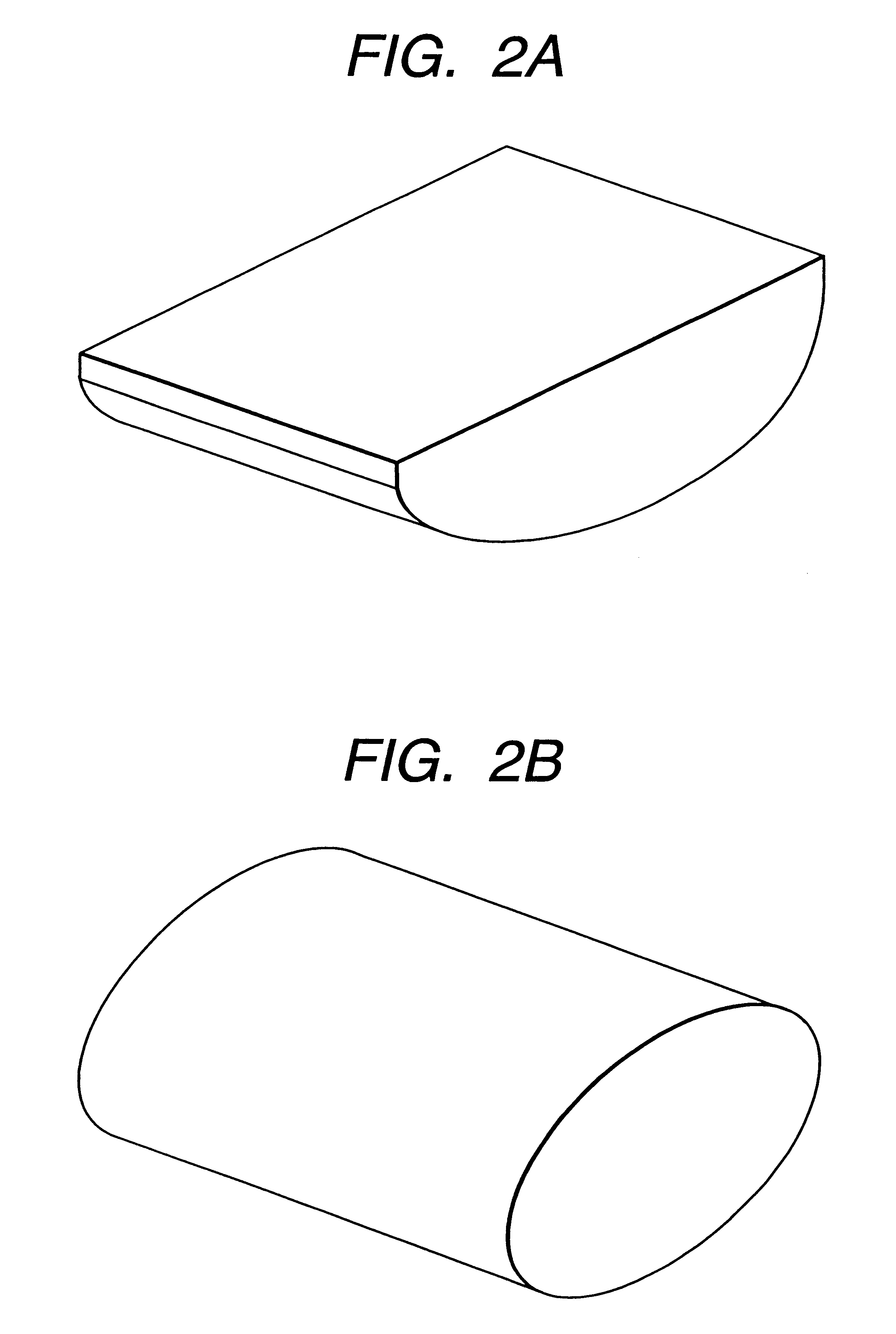Method of producing semiconductor thin film and method of producing solar cell using same
a technology of semiconductor thin film and solar cell, which is applied in the direction of crystal growth process, after-treatment details, transportation and packaging, etc., can solve the problems of reducing productivity, peeling with a large force, and damaging the semiconductor thin film
- Summary
- Abstract
- Description
- Claims
- Application Information
AI Technical Summary
Benefits of technology
Problems solved by technology
Method used
Image
Examples
example 2
Next described referring to FIG. 9 is another example of applying the method of producing a semiconductor thin film according to the present invention to the production of a solar cell. FIG. 9 is a schematic, sectional view for explaining the application example to production of a solar cell using an opaque material for the film 4. In the present example, the p.sup.- single-crystal silicon substrate 1 is first anodized to form the porous layer 16 and then it is subjected to hydrogen annealing. After that, the n.sup.+ silicon layer and p.sup.- silicon layer are epitaxially grown thereon. Then a p.sup.+ silicon layer is formed by epitaxial growth or by diffusion of a p-type dopant from the surface of the p.sup.- silicon layer. Then a film electrically conductive at least in the surface, i.e., electroconductive film 4, is bonded to the surface. The electroconductive film 4 can be obtained by sputtering or evaporating a metal such as aluminum or the like on a resin film or a thin film o...
PUM
| Property | Measurement | Unit |
|---|---|---|
| Force | aaaaa | aaaaa |
| Power | aaaaa | aaaaa |
| Flexibility | aaaaa | aaaaa |
Abstract
Description
Claims
Application Information
 Login to View More
Login to View More - Generate Ideas
- Intellectual Property
- Life Sciences
- Materials
- Tech Scout
- Unparalleled Data Quality
- Higher Quality Content
- 60% Fewer Hallucinations
Browse by: Latest US Patents, China's latest patents, Technical Efficacy Thesaurus, Application Domain, Technology Topic, Popular Technical Reports.
© 2025 PatSnap. All rights reserved.Legal|Privacy policy|Modern Slavery Act Transparency Statement|Sitemap|About US| Contact US: help@patsnap.com



